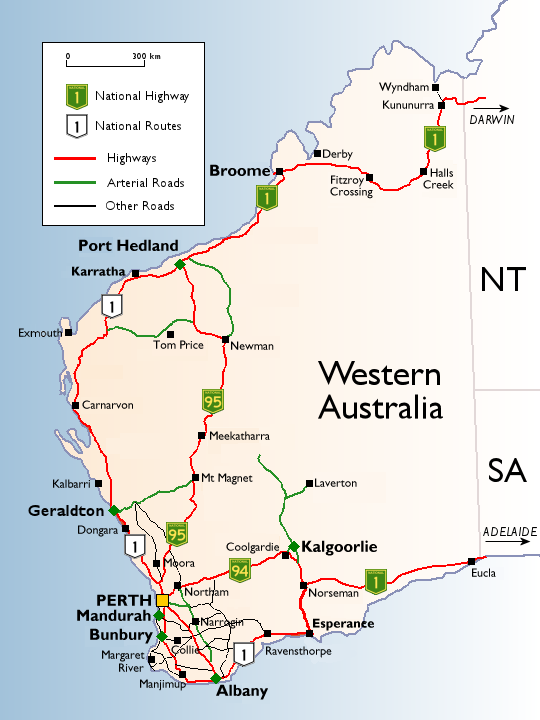Despite what AWS may say, the burstable CPUs are a workhorse for so many smaller workloads – the long tail of deployments in the cloud.
Yesterday saw the announcement of the AMD based T3a instance family as generally available in many regions. Memory and core-count matches the previous T3 and T2 instance families of the same size, which makes comparisons rather easy.
Below are prices as shown today (25/Apr/2019) for Sydney ap-southeast-2:
| Size | t2 US$ | t3 US$ | t3a US$ | Diff t3a-t3 | % | Diff t3a-t2 | % |
| nano | .0073 | .0066 | .0059 | .0007 | 10.6 | .0014 | 19.2 |
| micro | .0146 | .0132 | .0118 | .0014 | 10.6 | .0028 | 19.2 |
| small | .0292 | .0264 | .0236 | .0028 | 10.6 | .0056 | 19.2 |
| medium | .0584 | .0528 | .0472 | .0056 | 10.6 | .0112 | 19.2 |
| large | .1168 | .1056 | .0944 | .0112 | 10.6 | .0224 | 19.2 |
| xlarge | .2336 | .2112 | .1888 | .0224 | 10.6 | .0448 | 19.2 |
| 2xlarge | .4672 | .4224 | .3776 | .0448 | 10.6 | .0896 | 19.2 |
As you can see, the savings of moving from one older family to the next is consistent across the sizes: 10.6% saving for the minor t3 to t3a equivalent, but a larger 19.2% if you’re still back on t2.
It’s worth looking at any pending Reservations you currently have for older families, and not jumping to this prematurely – you may end up paying twice.
Talking of which, Reservations are available for t3a as well. Looking at the Sydney price for a nano, it drops from the 5.6c/hr to 4c/hr; across the fleet, discounts on reserved versus on-demand for the t3a are up to 63%
For those who don’t reserve – because you’re not ready to commit, perhaps? – then the simple change of family is an easy and low-risk way of reaping some savings. For example, a fleet of 100 small instances for a month on t2 swapped to t3a would reap a saving of US$2,172.48 – US$1,755.84 = US$416.64/month, or just shy of US$5,000 a year (AU$7,000).
YMMV, test your workload – and Availability Zones – for support of the t3a.

